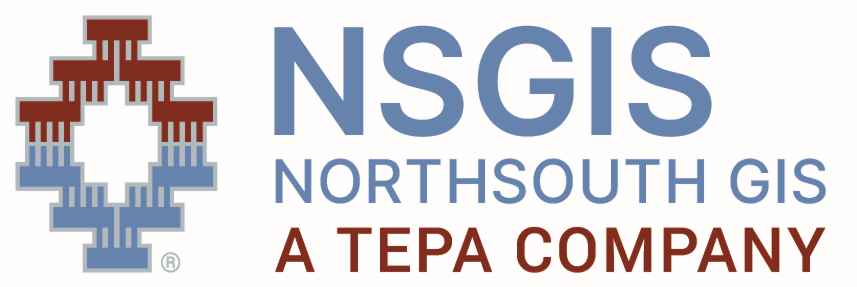From the desk of NorthSouth GIS President and CEO, Daniel Elroi

I and my staff were deeply saddened to hear about the disaster and loss of life that occurred at the Port of Tianjin this week. Disasters afflicted on ports by natural disasters like the tsunami in Japan are tragic, but ones brought on by human action, whether intentional or accidental, are particularly painful, especially such damaging ones as in Tianjin. Our sympathies are with the people of Tianjin, and we consider how we can help to continue strengthening port resiliency going forward.
Port security agencies often speak of the need for Situational Awareness, especially during emergencies. Situational Awareness is often taken to mean “show me all the moving objects – boats, cars, and if possible people – as well as camera feeds and other sensors, all in real time, and preferably on a map”. This is meant to give incident managers the ability to clear the fog of confusion and see the situation more clearly, understand where resources are and where they should be moved to, and what is going on. I don’t know what was available at the Port of Tianjin, though from our port experience, it would have most likely had primarily a large number of security cameras, many of which would have been burnt to cinders anywhere near the explosions.
It is very true that ports need Situational Awareness hardware and software, and that these need to be widely accessible and controlled securely. But ports need something else as well, which may have helped reduce risk in the first place. They need spatially-referenced context to Situational Awareness. They need to know where the explosives are stored in the first place, know where the specialty equipment is located for abating special risks like chemicals, know where the gas pipelines that come too close to hazardous material storage are, and where to turn those off to avoid the spiraling of an emergency into a catastrophe. All of these provide context to the evolving situation at the time of emergencies, but can also provide ports the actionable intelligence ahead of time to help mitigate dangerous situations before they become deadly.
Ports that share information spatially, using location-aware geospatial technologies, are better equipped to recognize and mitigate risks on a daily basis, respond to emergencies, and recover from disasters. NorthSouth GIS is dedicated to helping ports achieve these goals, making them safer places to work and do business.

 Enesgy
Enesgy 